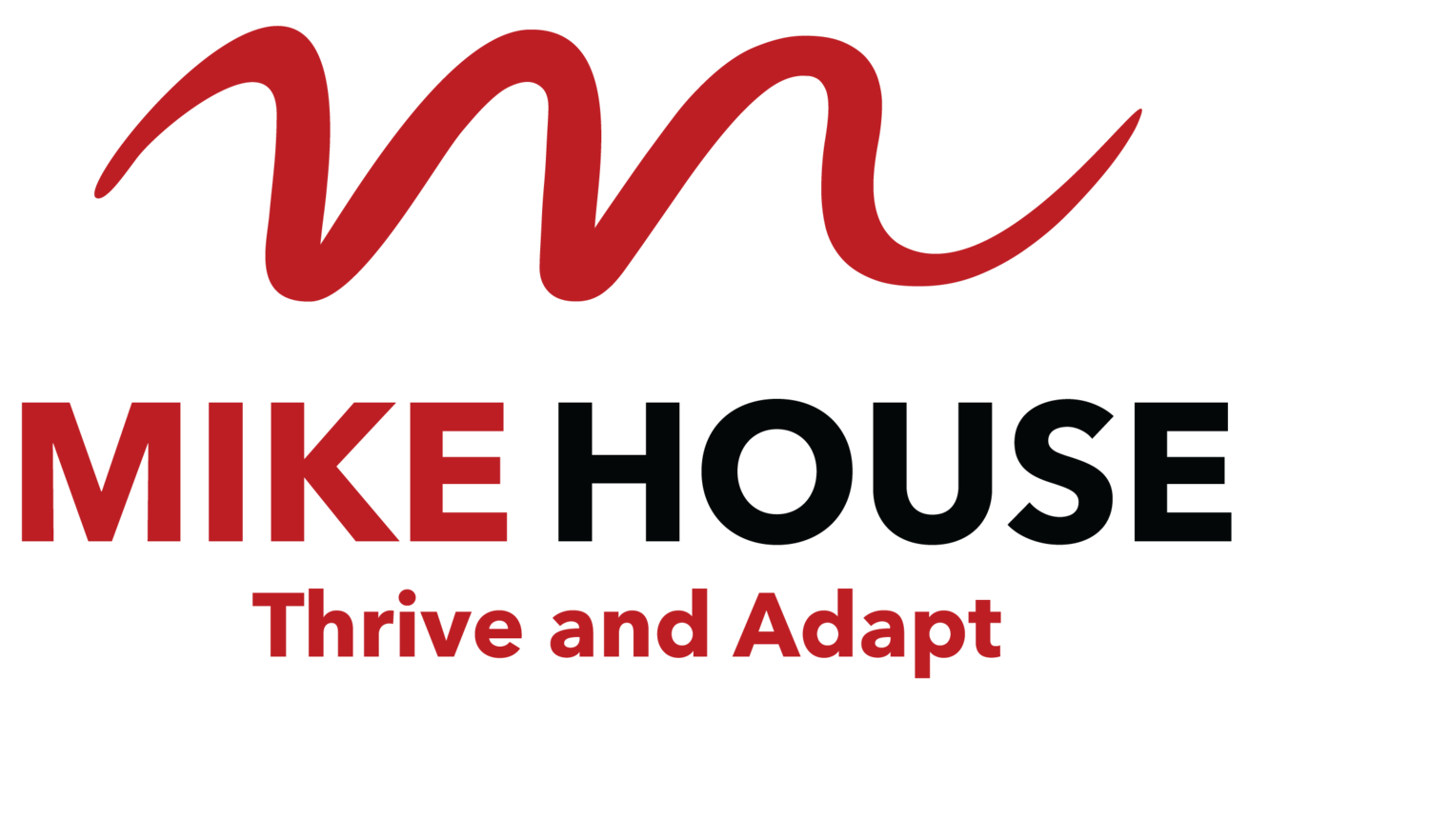The Business End of Gratitude
/“There are two ways to live your life.
One is as though nothing is a miracle.
The other is as though everything is a miracle.”
Gratitude is not a new idea. Many religions and positive psychology practices have gratitude as a central theme.
Even in the realm of science, leading thinkers regularly point to gratitude as an important concept.
Expressing gratitude daily for the both the big and little things in life helps us to maintain perspective and positivity regardless of the circumstances we are experiencing.
It is a simple act, requiring only a willingness to find something to be grateful for, and expressing that gratitude.
Research tracking people who expressed gratitude daily in a journal for just 10 weeks, showed they experienced a 25% increase in their happiness.
They became more:
- joyful
- enthusiastic
- interested
- attentive
- energetic
- excited
- determined
- strong.
Now to the business end! The list of qualities above is compelling from a business point of view.
What would the impact on your business be if you showed up with some or all of those qualities? People would certainly notice. Would a client or customer appreciate contact with your business if you were more energetic, attentive and interested?
If you manage a team, how would they respond to those qualities in you? In the competitive market place, these attributes in a boss, or fellow team members have a direct impact on staff satisfaction, retention, and productivity.
Imagine then the impact of creating a culture of grattitude across your whole business! The attributes above would become synonymous with your business, including its products and services.
The simple act of gratitude can and does equate to increased team effectiveness, increased customer satisfaction, increased well-being and therefore productivity of staff, increased reputation and ultimately increased revenue.
Gratitude makes good business sense!
Gratitude is just one of the strategies I teach in my business coaching sessions for leaders. If you'd like a complimentary session call me on 0423 193 196 . Alternatively, you might like to pass the offer on to one of your customers or a member of your team as an expression of gratitude.
I'm grateful for your time - thank you.














